I'm baaaaacccck. Those of you checking in here regularly may have wondered if I was lost at sea. Well, I wasn't but our antenna was having some serious issues as they say. It was dead and hence, no internet and hence no exciting (or lackluster) journal updates from moi. Just as I was about to post my journal on Sunday evening, it went off. So, I'll be posting them all now - lucky you. My journal on the rocks is ready for your perusal....
Rocky is the theme today.
The winds are making the boat very rocky. While that may sound like a recipe for seasickness, it is actually my favorite for sleeping. I love sleeping on the boat as it rocks forward and aft, side to side. The original design of the Laurence M. Gould has a flaw so a version of water wings (that's what I call them) were added. I love that rocking so much, I have thought about building an adult sized cradle when I get home to simulate the Gould's rocking.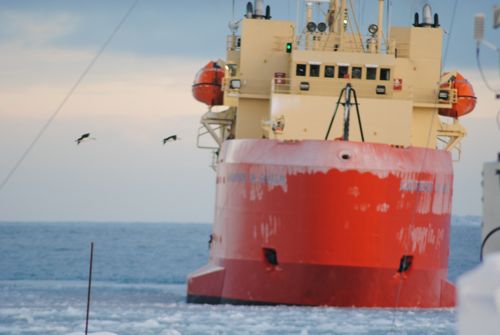
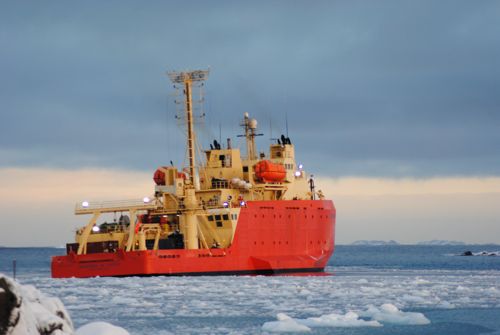
However, the real rocky news is a reference to what we found on the floor of the fjords. They were sharp angled (not eroded) as they slide down from the glaciers into the water. They were also really pretty. I know there are a few geologists reading along so I would love to hear what your thoughts are as well. I took advantage of the fact that we have rockophile, i.e. rock lover (is that really a word?) in our midst to learn a few things about the rocks and pass them on to you. Amy, the marine science tech is our resident pro. 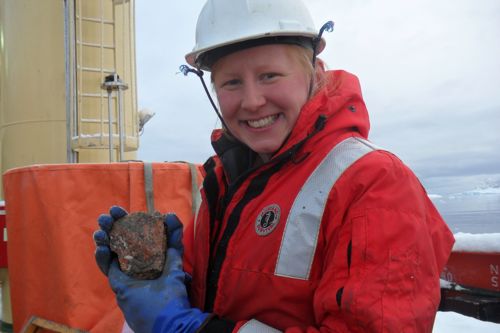
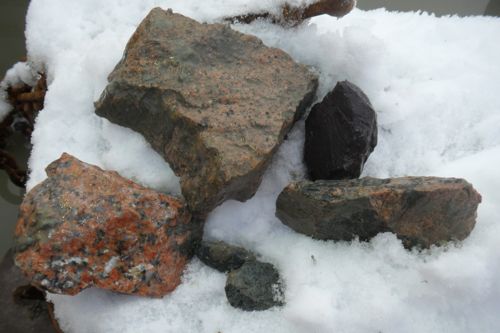
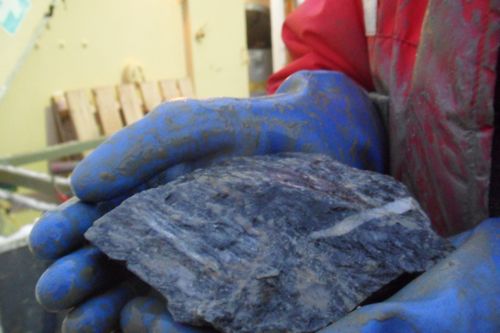
Anyway, these rocks were carved up and deposited into the waters by glacial movement and wind as well. That accounts for their angular shapes. That they are not smooth tells us that they have not been exposed to the ocean currents or transported far within the ocean. Antarctica, as you may now know from the pictures up here, is very mountainous. We found some rocks in the sediment core samples too. So there you have it. Take a gander at this rock sampling we recovered.
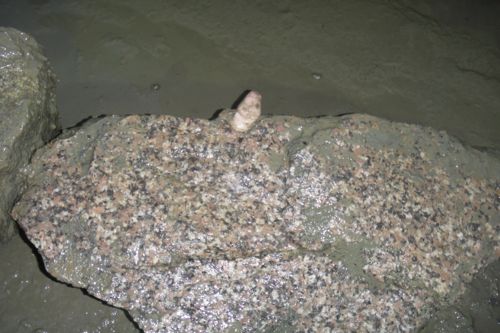
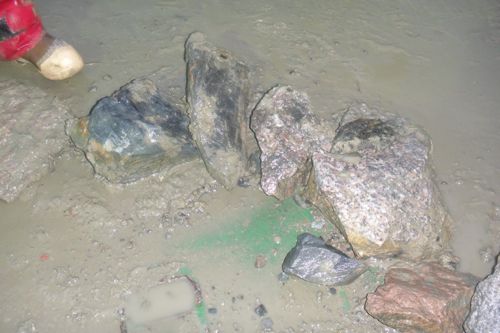
Nice, huh?
Okay, give me a few minutes and I'll get Monday's journal posted as well. We are heading into Palmer station and the internet is up an ready. Lucky you!
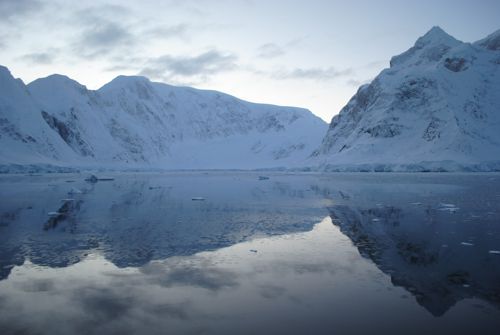


Comments